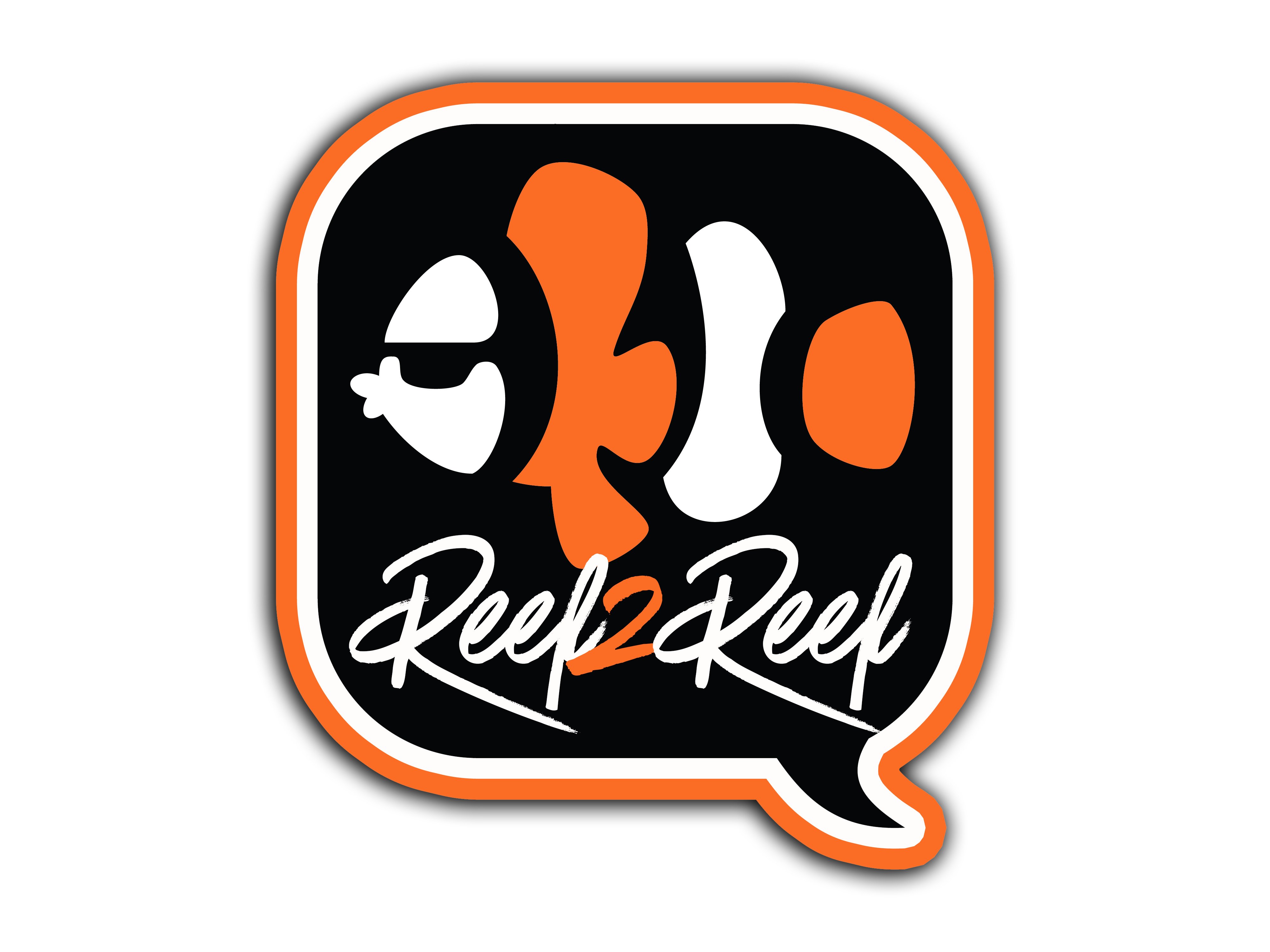- Joined
- Nov 9, 2014
- Messages
- 22,424
- Reaction score
- 34,880
How to Acclimate
The purpose of this article is to discuss proper acclimation procedures for saltwater fish, corals and invertebrates. Improper acclimation is probably one of the leading reasons why livestock suddenly die after being introduced into an aquarium. This inevitable death can take days or even weeks, depending upon the severity of the damage done.
Acclimating fish - When acclimating a new fish into your aquarium, there are only two parameters you need to match: temperature (temp) and salinity (SG). Fish are generally not affected by fluctuating pH, unless it drops below 7.5 for an extended period of time. SG of the “source water” can be determined by asking the LFS or online vendor the fish was purchased from, and then double checked using a refractometer after opening the bag. Temp of the “source water” is less important since it will change by the time you get the fish home, but it’s still a good idea to set your quarantine tank (QT) temp to match. Once you have this information do one of the following:
Preferred acclimation: Float the bag for 20-30 minutes, to slowly bring the temperature of the bag’s water to match that of the receiving tank. Once that is done, open the bag and double check the SG. So long as the SG is within .001 (up or down) of the receiving tank, you can release the fish without further acclimation. Only add the fish; DO NOT add any of his bag water. However, if the difference in SG is greater than .001 (up or down), you must drip acclimate or bag acclimate as outlined below:
Drip acclimation: The downside to this method is exposure to ammonia, which must be avoided at all costs. Even brief exposure to the slightest trace of ammonia can harm a fish’s gills. Prolonged exposure can permanently damage a fish’s liver and kidneys, usually resulting in death within a few days. How much potential ammonia can build up in a bag is directly correlated to how long the fish has been in the bag. A 30 minute drive home from your LFS isn’t going to be a problem, whereas a 12+ hour transit time from an online vendor is. However, it’s important to note that so long as the fish is still inside a sealed bag he’s safe from ammonia. It’s not until the bag is opened that non-toxic ammonium gets converted into toxic ammonia (takes about 30 minutes). As a general rule for drip acclimation, always use ammonia reducer (ex. Amquel or Prime) if a fish has been in transit for more than a couple of hours. It doesn’t hurt anything to add it.
To drip acclimate you’ll need the following: small bucket or similar, airline tubing and a couple of airline suction cups. I suggest keeping the room warm while drip acclimating, or using a heater in the bucket. Place the fish in the bucket with a small amount of bag water. Use the airline tubing as a drip line, tying a simple knot at the bucket end until desired speed of the drip is achieved. You can use the suction cups to adhere the tubing inside the tank and bucket. Drip acclimate until the water in the bucket is within .001 SG of the receiving tank. Ideally, this should only take around 30 minutes. Remember, you can lower SG with a fish much faster than you can safely raise it. Only add fish to the aquarium; DO NOT add any of the bag water.
Bag acclimation: Ammonia precautions are the same as drip acclimation (see above.) Drain bag water until only a small amount remains. Affix bag inside tank, but take precautions to ensure bag water does not cross contaminate tank water. Using a cup, periodically gently pour tank water into the bag until .001 SG match is achieved. Only add fish to the aquarium; DO NOT add any of the bag water.
Acclimating corals/inverts - For corals, acclimation is pretty much the same as it is for fish, except corals do not expel as much waste as fish do, so ammonia is less of a concern. Using a coral dip such as Coral Rx is highly recommended prior to placing them in your tank.
Other inverts such as anemones, shrimp, crabs, snails, etc. are much more sensitive to changing water chemistry and should be drip acclimated. You should slow drip these for 45-60 minutes. Starfish are particularly sensitive and should be drip acclimated very slowly - at least 2 hours. Bag acclimation (see above) is an acceptable alternative for most corals/inverts but not with starfish.
Corals, anemones and clams should all be “light acclimated” once placed in your aquarium. This means getting them adjusted to the type/intensity of light you are using, which can be accomplished in a number of ways. You can place light sensitive corals & clams in a shaded area of your tank, and then move up/out into more intensive light over a period of a couple of weeks. Another option is to use layers of dark screen mesh (in conjunction with an egg crate top) over the aquarium, gradually removing one layer at a time. Hardier corals & anemones do fine with just running less intensive lighting (ex. actinic) for a day or two, and/or reducing your photo period at first. LEDS that are dimmable/adjustable are ideal for light acclimation purposes (some even have a “coral acclimation mode” built-in.)
Last edited:















